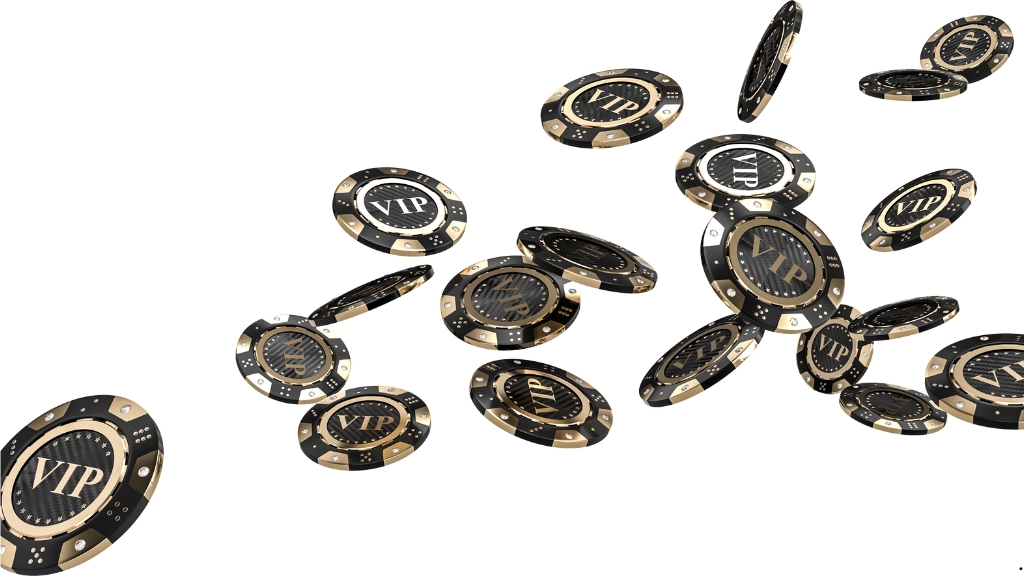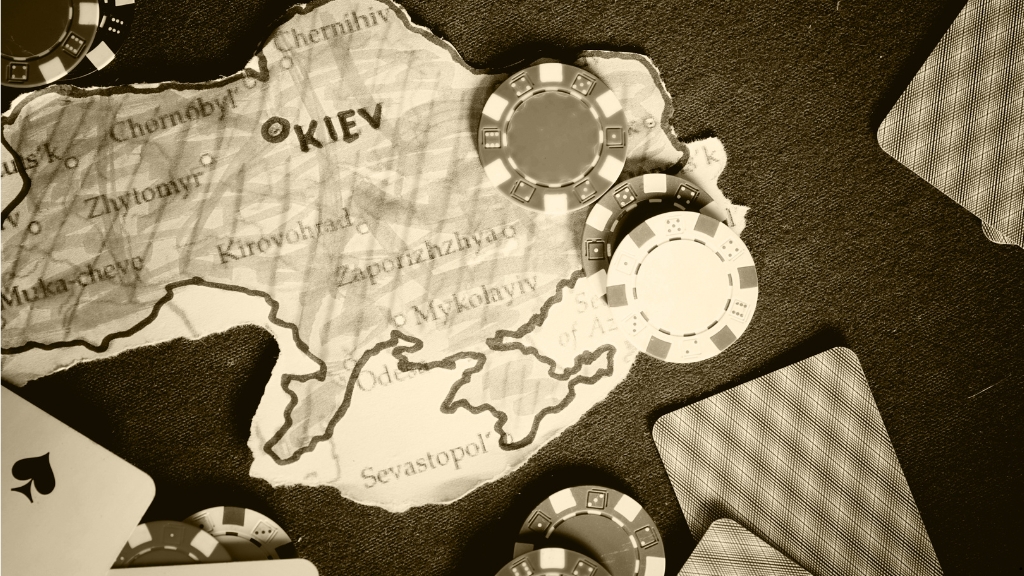Walking into a high-stakes table isn’t just about skill; it’s about understanding the unspoken language of the room. Every glance, gesture, and subtle shift in tone can reveal dynamics that separate the amateurs from the true VIP players. If you’re not tuned in, you might miss the cues that could make or break your game.
I’ve learned that reading the room is an art as much as it is a strategy. Whether it’s spotting the alpha player, gauging tension, or knowing when to make your move, mastering table dynamics gives you an undeniable edge. It’s not just about playing the cards—it’s about playing the people.
Understanding Table Dynamics
High-stakes tables operate beyond just gameplay mechanics. Success comes from recognizing how player interactions influence decisions and outcomes.
What Are Table Dynamics?
Table dynamics refer to the interplay of player behaviors, strategies, and interactions during gameplay. This includes patterns like aggressive bets, defensive play, or subtle psychological tactics like bluffing. Observing these elements reveals each player’s approach and potential weaknesses.
For example, a player consistently making high-risk moves might rely on intimidation, while a more cautious player may be guarding a strong hand. These observable tendencies help in predicting actions and adapting strategies.
Importance of Reading the Room in VIP Settings
In VIP settings, reading the room adds a layer of complexity. Players often combine skill with theatrical displays or social cues to gain leverage. Noticing micro-expressions, shifts in posture, or variations in tone can signal bluffing, confidence, or hesitation.
The stakes amplify social dynamics, as elite players often test each other’s psychological thresholds. Identifying power dynamics, such as who dominates table conversations or controls the betting pace, creates opportunities for strategic positioning.
Key Elements of Table Dynamics
Reading table dynamics involves analyzing the interplay of individuals, roles, and overall energy at the table. I focus on three critical aspects to gain insight and improve my strategy.
Player Interactions
I observe how players engage with each other, as their interactions can reveal alliances, rivalries, or vulnerabilities. For example, frequent side conversations might signal collaboration, while dismissive remarks could indicate tension. I note betting patterns during these interactions—consistent raises or hesitations often align with confidence or uncertainty. Quiet or overly talkative players may also be masking their intentions, requiring me to stay alert for inconsistencies.
Dealer Behavior
The dealer’s demeanor can subtly impact gameplay and table dynamics. A professional, measured dealer often maintains a consistent pace and impartial tone, fostering a neutral environment. However, a dealer engaging in casual jokes or making eye contact might unintentionally influence the mood. If I notice a dealer reacting subtly to certain players’ actions, I consider how this may affect others’ strategies or perceptions at the table.
Table Atmosphere and Energy
The overall energy of the table sets the stage for player behavior. A tense atmosphere often emerges from high stakes or aggressive competition, while relaxed energy indicates friendly interaction or lower pressure. I identify power shifts as the tone changes, such as when a dominant player loses a big hand or the table reacts strongly to a bold move. Recognizing how players respond to these shifts helps me adapt my own pacing and decisions within the ever-changing dynamics.
Techniques for Reading the Room
High-stakes tables demand more than tactical skill; understanding table dynamics requires keen observation and adaptability. I focus on interpreting physical cues and adjusting strategies as the atmosphere shifts.
Observing Body Language
I analyze players’ physical mannerisms to gauge confidence or uncertainty. Slumped postures or crossed arms often signal hesitance, while upright stances with steady gestures suggest confidence. Rapid movements like bouncing knees or tapping fingers may indicate nervousness or impatience. By noting these indicators, I identify emotional states that impact decision-making.
Recognizing Non-Verbal Cues
I look for subtle signals beyond body posture, such as eye movements or facial expressions, which can reveal intentions or bluffing. A player avoiding eye contact after a strong bet might lack confidence, whereas fixed gazes could project dominance. Micro-expressions—fleeting facial reactions like smirks or raised eyebrows—often betray thoughts before being masked.
Adapting to Changing Dynamics
When shifts in energy occur, I reassess the table’s atmosphere to maintain an edge. A sudden increase in aggressive betting or a player’s change in demeanor might indicate rising tension or new strategies. I adapt my approach when alliances form, rivalries intensify, or a player takes control of the dynamics. Flexibility ensures I stay aligned with the evolving table tempo.
Common Mistakes to Avoid
Avoiding common mistakes at high-stakes tables enhances your ability to navigate complex dynamics effectively. Missteps in this setting often stem from neglecting crucial observational and analytical aspects of the game.
Overlooking Subtle Signals
Missing subtle signals costs valuable insight into other players’ intentions. Consistent behaviors, like a player repeatedly glancing at their chips before a big bet, often indicate preparation for an aggressive move. Ignoring changes in breathing, posture, or hand movements can mean missing signs of bluffing or genuine confidence. For instance, shallow breathing could signify nervousness, while steady actions suggest control. Staying vigilant in monitoring physical cues always aids better decision-making.
Ignoring Behavioral Patterns
Failing to recognize patterns in gameplay and interactions limits strategic adaptability. Observing trends, like a player folding consistently to high raises, exposes weakness against aggressive strategies. Consistently relaxed body language paired with minimal conversation might indicate a defensive, cautious approach. Overlooking how players interact with the dealer or respond to opponents can hinder interpreting their mindset. Profiling these recurring actions allows me to adjust tactics and exploit gaps effectively.
Benefits of Mastering Table Dynamics
Mastering table dynamics sharpens a player’s ability to navigate high-stakes environments effectively. It enhances strategic thinking while fostering connections with other players, offering both gameplay and social advantages.
Enhanced Decision-Making
Understanding table dynamics directly improves decision-making during gameplay. By observing player behavior, I can deduce betting tendencies, risk tolerance, and bluffing likelihood. For instance, a player with frequent small raises may be building a deceptive strategy, while another avoiding eye contact might lack confidence in their hand. Recognizing these patterns helps me make informed choices about when to fold, call, or raise.
Additionally, studying shifts in the table’s atmosphere allows me to anticipate changes in the game’s pace or strategy. Sudden aggression from one player, for example, may signal a strong hand or a bluff, prompting me to adapt my approach. Insights into others’ strategies enhance my ability to counteract their moves effectively.
Building Strong Player Rapport
Mastering social cues at the table fosters rapport among players, reducing friction and creating a favorable atmosphere. By engaging in light conversation or acknowledging players’ accomplishments, I can lower tension and establish mutual respect. This rapport often deters targeted plays or vendettas, enabling smoother interactions.
Observing how players respond to others’ bets, comments, or actions also reveals potential alliances or rivalries. Leveraging these dynamics helps me predict collective decisions, such as isolating a dominant player or forming an implicit understanding to maintain harmony. Strong relationships at the table don’t just improve the experience; they often translate into strategic advantages during challenging situations.
Conclusion
Mastering table dynamics goes beyond skill—it’s about understanding the subtle interplay of behavior, energy, and strategy. The ability to read the room, adapt to shifts, and interpret non-verbal cues can elevate your gameplay to an entirely new level.
By staying observant and flexible, you’ll not only gain a strategic edge but also build rapport with other players, making the high-stakes environment work in your favor. In the world of VIP gaming, success belongs to those who can outthink and outmaneuver, both on and off the table.



